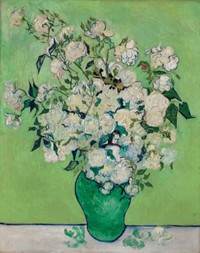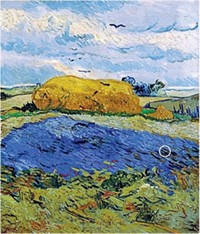Advertisement
Grab your lab coat. Let's get started
Welcome!
Welcome!
Create an account below to get 6 C&EN articles per month, receive newsletters and more - all free.
It seems this is your first time logging in online. Please enter the following information to continue.
As an ACS member you automatically get access to this site. All we need is few more details to create your reading experience.
Not you? Sign in with a different account.
Not you? Sign in with a different account.
ERROR 1
ERROR 1
ERROR 2
ERROR 2
ERROR 2
ERROR 2
ERROR 2
Password and Confirm password must match.
If you have an ACS member number, please enter it here so we can link this account to your membership. (optional)
ERROR 2
ACS values your privacy. By submitting your information, you are gaining access to C&EN and subscribing to our weekly newsletter. We use the information you provide to make your reading experience better, and we will never sell your data to third party members.
Environment
How Copper Gets Its Green Patina
Cultural Heritage: Scientists use X-ray synchrotron radiation to watch copper corrode
by Sarah Everts
May 17, 2012

Most people wandering past a copper-coated building have noticed that the metal typically becomes green when it corrodes. Scientists know that several copper degradation species are responsible for the green patina, but despite the corrosion process’s prevalence, they have never pinned down exactly how the reactions unfold. Now researchers have used time-lapse synchrotron X-ray diffraction to get a first glimpse of the growth of nantokite, one of copper’s most common green corrosion products (Anal. Chem., DOI: 10.1021/ac300457e).
The work will help architects and do-it-yourself aficionados who want to elicit the green corrosion in copper-plated buildings, says joint team leader Annemie Adriaens, an analytical chemist at Belgium’s University of Ghent. In addition, the work could help conservation scientists identify fraudulent artifacts because understanding corrosion processes will help scientists distinguish which chemicals are likely to appear through natural degradation and which from do-it-yourself recipes, explains Mark Graeme Dowsett, a physicist at the University of Warwick in England, co-leader of the project.
The team focused first on the formation of nantokite—or cuprous chloride, which has the chemical formula CuCl—because it not only covers copper in a pretty green coating but also continues to degrade the metal’s surface, Dowsett says.
The team produced nantokite on copper via two well-known methods adapted from do-it-yourself patina-making manuals: The first technique coats concentrated cupric chloride (CuCl2) onto a copper surface in the absence of air so that it forms nantokite via the reaction 2Cu + CuCl2 → 2CuCl. The second technique simply drops cupric chloride onto copper in the presence of air.
Researchers who want to watch reactions at interfaces in real-time often use intense beams of X-rays produced by synchrotrons combined with fast detection systems. Adriaens, Dowsett, and their colleagues applied the technique to copper corrosion.
The researchers confirmed that nantokite formed regardless of whether the reaction was exposed to air. This makes sense, Dowsett explains, because the patina forms on air-exposed buildings as well as when copper objects are completely submerged in cupric chloride solutions.
They also observed that rinsing the green nantokite with water—a typical protocol in do-it-yourself recipes—caused side reactions that produced red cuprite (Cu2O) as well as blue-green paratacamite (Cu2(OH)3Cl). Rinsing with ethanol or propanol minimizes the side-reactions, Dowsett says.
“Copper corrosion has many different chemical pathways to unravel, and most protocols for producing the patina were not developed in a systematic way,” Dowsett says. This work is a first step towards understanding what actually goes on in the process, he adds.




Join the conversation
Contact the reporter
Submit a Letter to the Editor for publication
Engage with us on Twitter